Table of Contents
There are lots of Iran guidebooks for those who want to travel to Iran. Some of these books are written by international organizations like Lonely Planet and some are written by those who have come to Iran and experienced Iran firsthand. Here I’d like to share 5 of the best Iran guidebooks with you.
Iran (Bradt Travel Guide Iran)
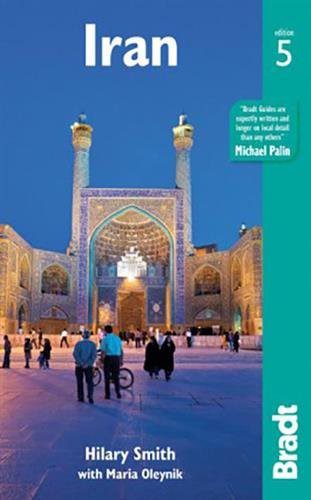
Now into its fifth edition, Bradt’s guidebook regarding Iran provides the most detailed background, history and cultural information available when visiting this “Jewel of Central Asia“. This new edition has been thoroughly reviewed to provide all the latest information, from updated history and cultural developments to security, language, and hotel prices, plus expanded practical information for independent travelers. Food and arts, rugs, and handicrafts are all covered, plus new details of skiing in Iran and recommended Iranian movies. For outdoor enthusiasts, swimming, desert, and eco-tours are also included. With new direct flights to Iran now available from Europe, and warm-hearted and welcoming people eager to meet tourists, visiting this intriguing country has never been easier.
Iran’s cities are packed with gilded mosques and blue-mosaic shrines built in honor of the country’s greatest leaders. Its people are generous and its terrain ranges from the sands of the Persian Gulf to the Alborz Mountains in the north. The expert authors give first-hand descriptions of attractions ranging from the exquisite mosques of Esfahan and the museums and palaces of Tehran to the spectacular mountain hikes. New maps and up-to-date information on all the basics – hotels, restaurants, businesses and shops – help you to uncover the mysteries of ancient Persepolis, to enjoy a soak and scrub in a local hammam (bath), or to pick up a pair of giveh slippers or a Persian rug in Kerman’s bazaar.
Thoroughly updated, this new edition also includes new details of ‘Around Tehran’, caravanserai, Nishapur, Qaleh Rudkhan, and Kurdish villages on the Silk Road Trail, plus new maps of the historic bazaars of Esfahan, Yazd, Kerman, and Shiraz. It has been updated by Middle East expert Maria Oleynik, who is fluent in ten languages, including Persian and Arabic.
Iran – Culture Smart!: The Essential Guide to Customs & Culture
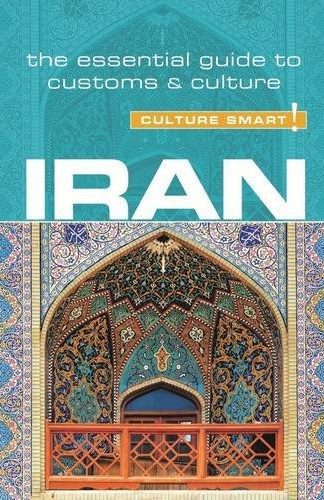
Iran is home to one of the world’s oldest civilizations. Travelers have long been seduced by the echoes of the extraordinary ancient history contained in the word “Persia.” But Iran is also a modern society that is experiencing great changes. Although it is still feeling the effects of the Islamic Revolution of 1979, social restrictions have loosened considerably in recent years. Strict Islamic rules coexist with an increasingly dynamic society driven by an overwhelmingly young population. Animosity toward the West at a political level sits side-by-side with a wholehearted welcome for foreigners as individuals.
“Iran- Culture Smart!” is one of those Iran guidebooks that takes you beyond the clichés to show how life in Iran really is and how you can feel comfortable in its society. It offers insights into a country full of surprises. Despite Iran’s deep commitment to Islam, the pre-Islamic Zoroastrian past is still a part of people’s everyday culture. Its language, Farsi, shares linguistic roots with English and French. It is a country where one of the most genuine democracies in the Middle East is overlaid by an unelected theocracy. And where “No, thank you” really does sometimes mean “Yes, please.” If nothing else, this entrancing, beautiful, and sometimes infuriating place is a country whose inhabitants genuinely wish visitors Khosh Amadi! —Welcome!
Author: Stuart Williams
A History of Iran: Empire of the Mind
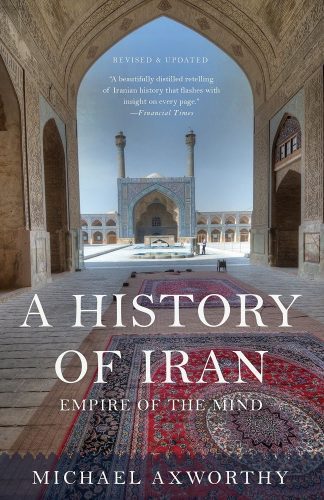
Iran is a land of contradictions. It is an Islamic republic, but one in which only 1.4 percent of the population attends Friday prayers. Iran’s religious culture encompasses the most censorious and dogmatic Shi’a Muslim clerics in the world, yet its poetry insistently dwells on the joys of life: wine, beauty, and sex. Iranian women are subject to one of the most restrictive dress codes in the Islamic world, but they are always stylish.
In “A History of Iran”, acclaimed historian Michael Axworthy chronicles the rich history of this complex nation from the Achaemenid Empire in the sixth century B.C. to the present-day Islamic Republic. In engaging prose, this revised edition explains the military, political, religious, and cultural forces that have shaped one of the oldest continuing civilizations in the world, bringing us up to modern times.
Concluding with an assessment of the immense changes the nation has undergone since the revolution in 1979, including a close look at Iran’s ongoing attempts to become a nuclear power, A History of Iran offers general readers an essential guide to understanding this volatile nation, which is once again at the center of the world’s attention.
Author: Michael Axworthy
Iran, Persia: Ancient and Modern
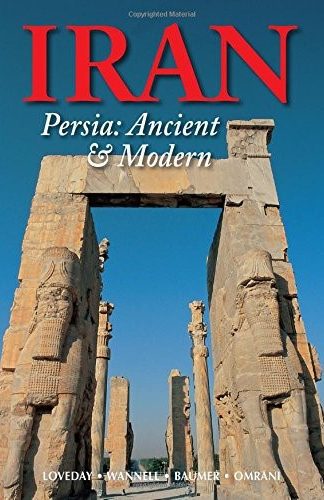
Iran, or Persia as it was formerly known, has been of interest to outsiders for millennia. From the Greco-Persian wars of antiquity, through the rise and flourishing of Islam, to the age of European imperialist expansion in the East, Iran has been a central player in global history. Drawn by its strategic location along the Silk Road, ancient and distinctive culture, and abundant natural resources, foreign diplomats, traders, and travelers have been coming to Iran for centuries.
The Islamic Revolution of 1979 and subsequent events put a strain on Iran’s relationship with the outside world, particularly the West, leading to sanctions and a decline in tourism and trade. Today, the country’s attractiveness to outsiders has greatly increased, with travelers and business people once more setting their sights on Iran.
“Iran, Persia: Ancient and Modern“
Authors: Christoph Baumer, Helen Loveday, Fitzroy Morrissey, Bijan Omrani, Bruce Wannell
Iran, Islamische Republik und jahrtausendealte Kultur (German Book)
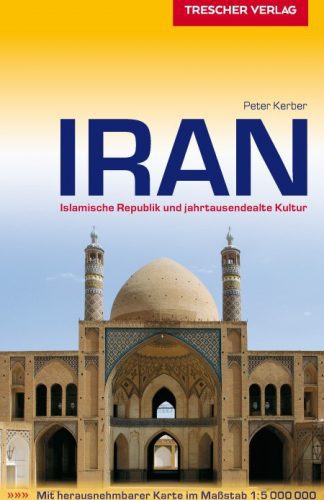
All regions of Iran in 600 pages – Over 400 color photos – Key travel information at a glance – Plenty of background information on history, culture, and everyday life – Detailed descriptions of all attractions – Over 50 city maps and overview maps – Numerous practical tips and travel recommendations from A to Z.
Iran is a fascinating travel destination that, throughout its millennia-long history, has been a melting pot of civilizations, as evidenced by impressive ancient excavations such as Persepolis or Pasargadae. In addition to unparalleled architectural monuments, the country boasts astonishing landscape diversity with fertile valleys, barren plateaus, and towering mountain ranges. All of this, and above all, the hospitable people of the country, leave indelible impressions on every visitor.
Those who wish to form their own opinion contrary to some reservations will be surprised by how safe it is to travel as a tourist in the country and will return with many positive impressions.
Iran, Islamische Republik und jahrtausendealte Kultur – by Peter Kerber
FAQs about Traveling to Iran
Q: Is it safe to visit Iran?
A: Iran is generally considered a safe destination for travelers. However, it is always advisable to stay informed about the current situation and follow any travel advisories issued by your home country. Exercise common sense, respect local customs and laws, and take necessary precautions to ensure your safety.
Q: Do I need a visa to enter Iran?
A: Yes, most visitors to Iran require a visa. You can obtain a visa through an Iranian embassy or consulate in your home country or apply online through a travel agency before your trip. Some nationalities are eligible for visa-on-arrival, but it is recommended to check the latest visa requirements well in advance of your travel.
Q: What is the best time to visit Iran?
A: Iran experiences diverse climatic conditions. Spring (March to May) and autumn (September to November) are generally considered the best times to visit, as the weather is pleasant. However, it depends on the specific regions you plan to explore. Summers can be hot in some parts, while winters can be cold, especially in mountainous areas.
Q: What should I wear in Iran?
A: Iran has a dress code that requires both men and women to dress modestly. Women should cover their heads with a headscarf and wear loose-fitting, knee-length, or longer clothing that covers their arms and legs. Men should also avoid wearing shorts or sleeveless shirts in public.
Q: Can I use my credit/debit cards in Iran?
A: International credit and debit cards are generally not accepted in Iran due to sanctions. Therefore, you can either bring cash to cover your expenses or request an Iranian debit card when making arrangements with your travel agent. Also, be noted that money exchange facilities are available, and it is recommended to exchange currency at authorized exchange offices or banks.
Q: What is the main language spoken in Iran?
A: The official language of Iran is Persian (Farsi). However, there are also various regional languages and dialects spoken throughout the country. While English is not widely spoken, you can find English-speaking individuals in hotels, tourist areas, and larger cities.
Q: Can I use the internet and social media in Iran?
A: Internet access is available in Iran, but there are restrictions on certain websites and social media platforms. Some popular platforms like Facebook, Twitter, and YouTube may be blocked or have limited access. However, you can use Virtual Private Networks (VPNs) to bypass these restrictions if necessary.
Q: Is it customary to tip in Iran?
A: Tipping is not common in Iran. However, it is appreciated if you wish to show appreciation for exceptional service. In restaurants, it is common for a service charge to be included in the bill. It is always a good idea to check and understand the bill before deciding whether to leave an additional tip.
Q: What are some cultural norms and customs to be aware of in Iran?
A: Iranians are known for their warm hospitality and respect for guests. It is customary to greet people with a handshake and exchange pleasantries. It is important to respect Islamic customs, such as not consuming alcohol in public and refraining from public displays of affection. Additionally, be mindful of local customs and traditions when visiting religious sites and conservative areas.
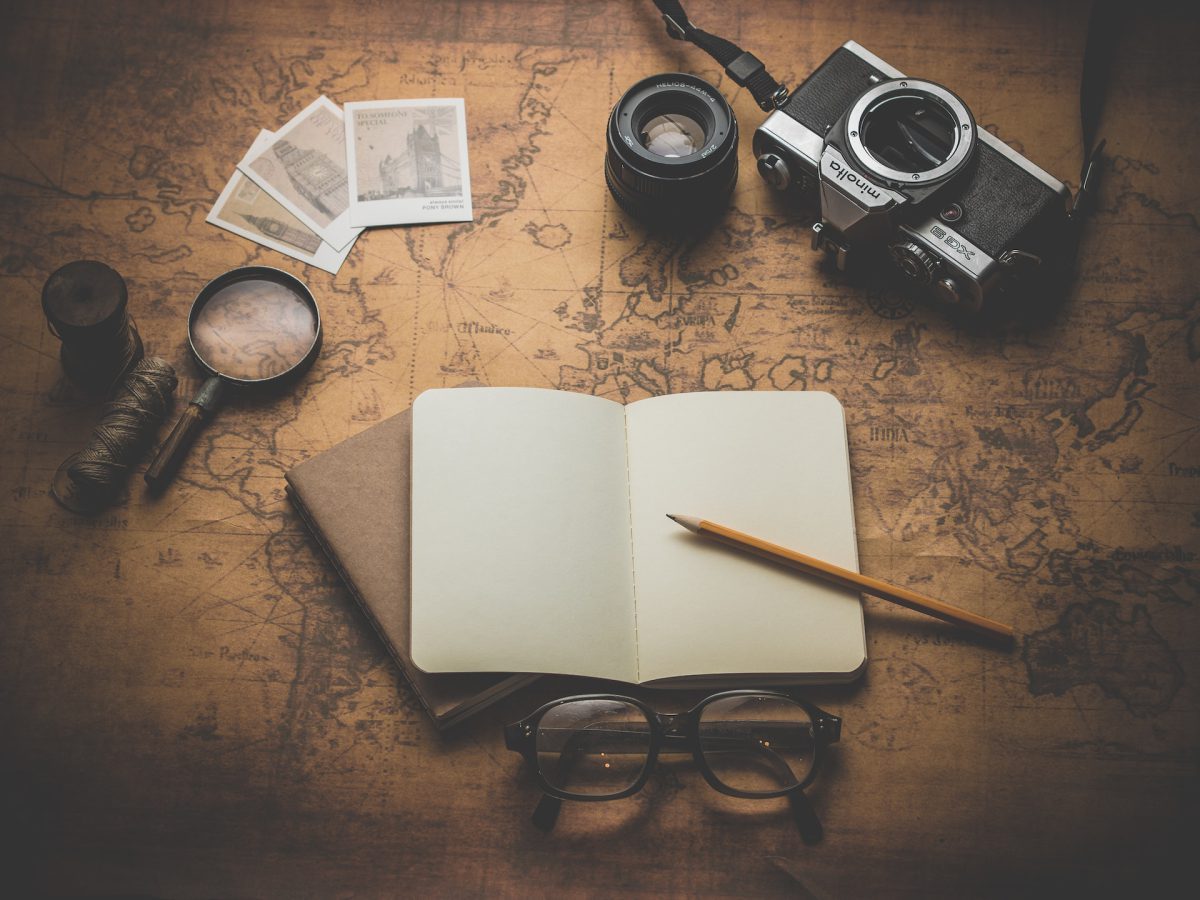
Touche. Great arguments. Keep up the good work.
Hi there to every one, the contents existing at this web page are actually amazing for people experience,
well, keep up the good work fellows.